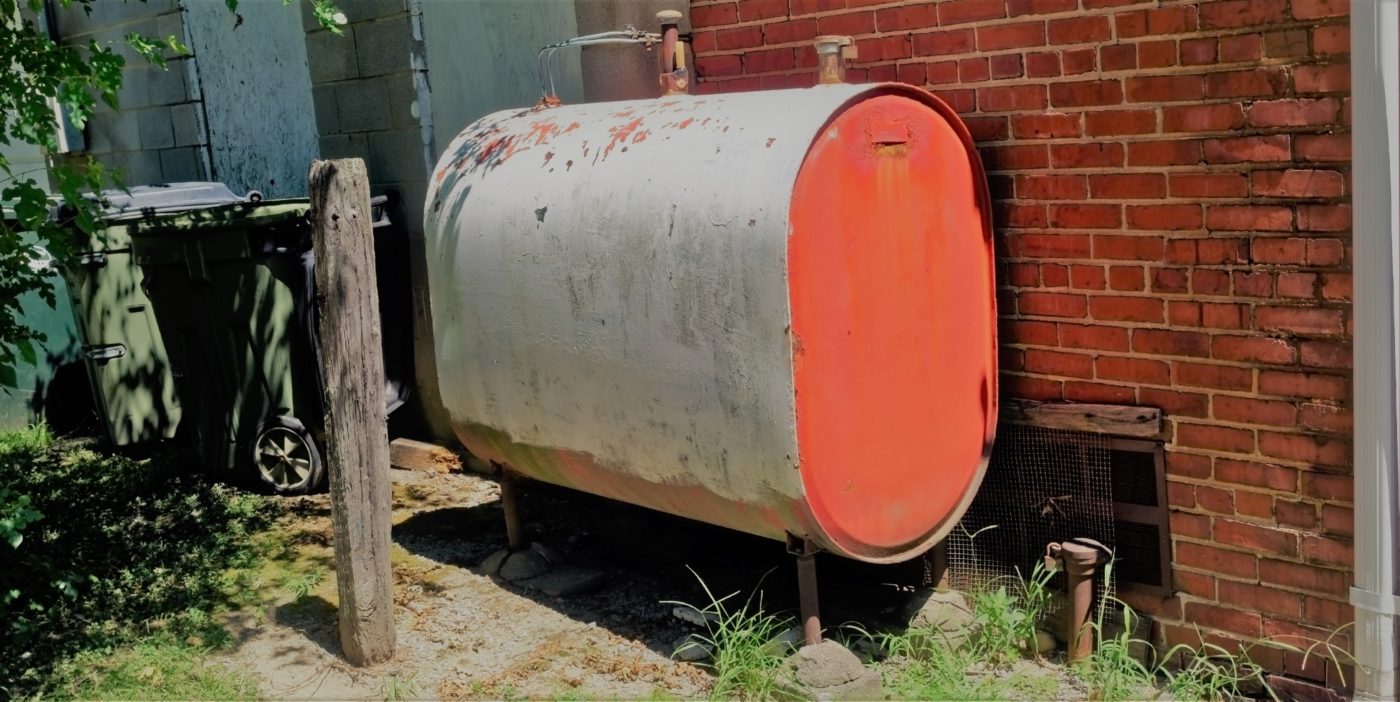People rarely think about the tank that is in their home However, making sure it’s safe and functioning correctly is essential to the house’s infrastructure. The property owner is responsible for the maintenance and repair of their heating system, as well as the oil storage container. If they fail to take care of this, it could result in significant financial and environmental harm.

When it comes to the maintenance of oil tanks, it is important to know when it’s the ideal time to buy an upgrade to a tank. Although proper maintenance can prolong the lifespan of an oil tank eventually every tank will have to be replaced. Costs for replacing an old oil tank will vary based on various factors. These include the size, type, and complexity of installation.
The most widely used size for oil tank found for residential homes is 275 gallons oil tank replacement cost.The price of replacing the oil tank is 275 gallons and ranges from $1500 to $3,600 based on the aforementioned factors. The estimate might not include certain costs such as labor, permits or the disposal of your old oil tank.
The expense of oil tank replacement may seem overwhelming, but it’s important to consider the costs of neglecting a failing tank. Leaks inside an oil tank can result in major environmental damage, along with fines and legal responsibility for the owner of the property. Furthermore, a failed tank can cause loss of heat during the winter seasons, which could be dangerous and costly to repair.
To avoid this, you should perform regular inspections and maintenance of your tank of oil. It’s important to conduct visual inspections at least once a year, cleaning and monitoring leaks. If there are any problems it’s crucial to take care of immediately to avoid expensive repairs down the road.
When it comes time to select the right replacement tank for your oil tank, there are numerous alternatives available. Above-ground oil tanks and below-ground oil tanks are the two most sought-after types. Above-ground tanks are less expensive, easier to set up and less visually disruptive. Below-ground tanks, on the contrary, are expensive to construct, but provide the appearance of being more discreet.
To ensure a safe installation It is crucial to choose a service that is reputable and has experience in replacement of oil tanks. Professionally trained installers will ensure that the tank is properly installed and eliminate any dangerous materials used in the installation.
There are other actions property owners can do aside from regular maintenance and installation to prolong the life of their oil tanks. This includes:
1. The tank should be kept full. Maintaining the tank’s capacity can help prevent condensation from forming inside the tank, which could lead to corrosion.
2. High-quality fuel is recommended: This will help to stop the accumulation of sediment inside the tank. This can lead to obstructions and corrosion in the fuel line.
3. Keep the area surrounding the tank free of any vegetation or debris. This will help to avoid inspections and damage.
4. Examining for leaks regularly Regularly examining for leaks can help identify issues early, prior to them get more severe and cost a lot to repair.
Any property owner who has an oil-fired heating system should think about replacing the oil tank. While the cost of replacement can vary depending upon a variety of variables the failure of a tank can lead to significant environmental and financial damage. Regular inspections, maintenance and deciding on a reputable and trusted installer can guarantee a safe installation and reliable heating.
For more information, click how much does it cost to replace an oil tank